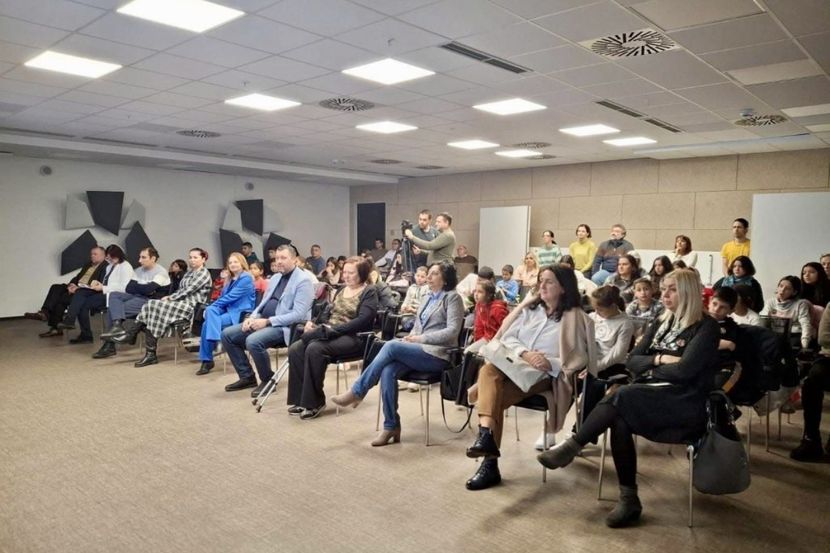Ulfat (2014) reports on the Hochfeld neighbourhood in Duisburg. In the public perception, the district qualifies as being in trouble. Crime is supposedly on the rise, the infrastructure is bad, according to outsiders. Ulfat juxtaposes this perspective with the neighbourhood’s residents statements. These relativise the horror scenarios. Although there are indeed parallel societies that almost never meet since the closure of large industrial plants, the social interaction of most local residents is respectful, the journalist states. As far as Rroma are concerned, Ulfat relativises the dramatic scenarios of a mass immigration of antisocial Rroma. There are just about 4,000 Rroma living in Duisburg. Regarding the social tensions, these already existed before the Rroma arrival . If one offers Rroma the possibility to integrate, they take this chance. An expert of the quarter, the protestant pastor Heiner Augustin, states: “If these people are moving into a good, well-established neighbourhood, it happens what always happen: the immigrants adapt. They see the cleanliness on the street, they begin to understand the cycles of garbage disposal – and they join in. They begin to cultivate gardens, to beautify the streetscape with flower boxes in the window. Roma also like to live pretty!” Problems would arise only if too many of these poor immigrants are crammed into one place. “But this is not a cultural problem. Imagine, you would squeeze 600 poor Germans into an apartment building with 20 apartments – no hope of finding work, no money, no government assistance. It would not look much different than in the Roma settlements”, the pastor assures.” However, interviewed pastor also reproduces several stereotypes about Rroma: Clan chiefs, who pinch money from them and force the women into prostitution, control the immigrants. However, Rroma are organised in a largely egalitarian way. So-called “clan-structures” are a prejudice and not a cultural feature of the minority.
– Ulfat, Jasamin (2014) Von neuen Menschen und alten Problemen. In: MiGAZIN online vom 27.8.2014. http://www.migazin.de/2014/08/27/von-neuen-menschen-und-alten-problemen/3/







